Let It Go To Your Head!
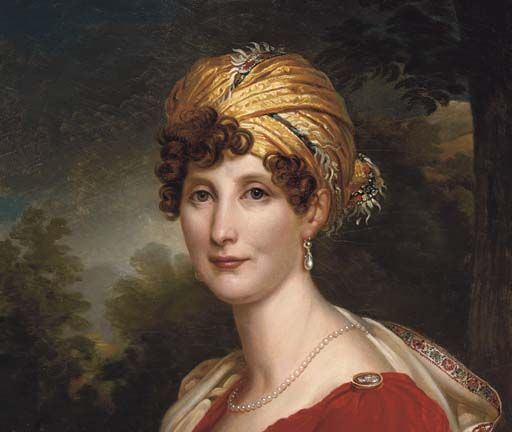
by Danine Cozzens Langdell. Published in the March/April 2015 issue of Finery.
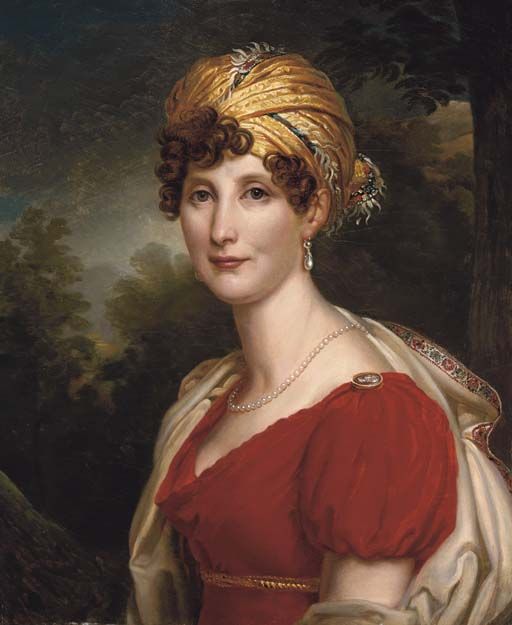
If you long to don your finest Regency evening wear and step out on the dance floor, put Saturday, May 30, 2015, on your calendar. Our Sister Organization, The Bay Area English Regency Society puts on only three balls each year. This one takes inspiration from an event 200 years ago that changed the map of Europe: The Congress of Vienna.
The romantic dance beloved by today’s ball-goers and private weddings alike was choreographed almost 40 years ago by John Hertz for Friends of the English Regency, setting waltz movements of the 1810s to a haunting Swedish folk tune. John named it in honor of an event that was legendary in its day for non-stop partying, as diplomats from around Europe flocked to Vienna to decide what was to be done now that Napoleon was defeated. “The Congress does not move, it dances!” as one diplomat exclaimed at the time. Don your diplomatic sashes from imaginary countries, your tiaras, your dancing shoes, for The Congress of Vienna Dances at the Alameda Elks Lodge.
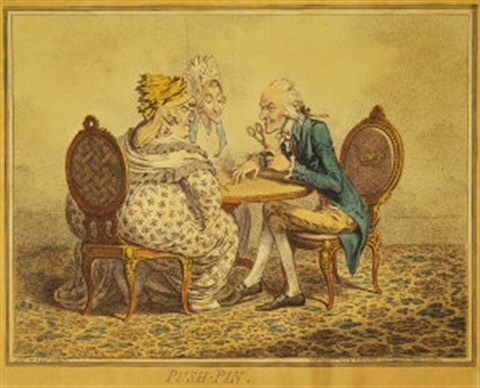
People of all ages went to balls, as noted in Jane Austen’s novels and humorous etchings of the era. Not everyone danced. There were cards, tea, and gossiping for the older folks. The plush seats ringing the Alameda Elks Lodge are perfect for watching and kibitzing. Dancing was quite vigorous and more the province of the younger set; Scottish country dance today, with its balletic footwork, is closer to what was done in the better circles. Although period costumes are admired, not required, who wouldn’t want to show off their fabulous Regency finery? Let’s explore how to look our Regency best no matter what our chronological age.
Evening Attire vs Ball Gowns
Regency researchers are fortunate to have much dress documentation, as this was the age when fashion magazines began. Prints from Ackerman’s Repository, Heideloff’s Gallery of Fashion, or Costumes Parisien, enchant us still today. If you look at the captions, you’ll see terms for dress that bewilder us today: morning dress, walking dress, carriage dress, seaside dress, promenade dress, evening dress, half dress, full dress, opera dress, and ball dress. Morning dress encompassed the time from when you arose until you changed for dinner, which was late afternoon. Evening dress was party time, whether dinner at someone’s stately home, cards with a neighbor, a concert in cities like London or Bath, or an assembly or ball.
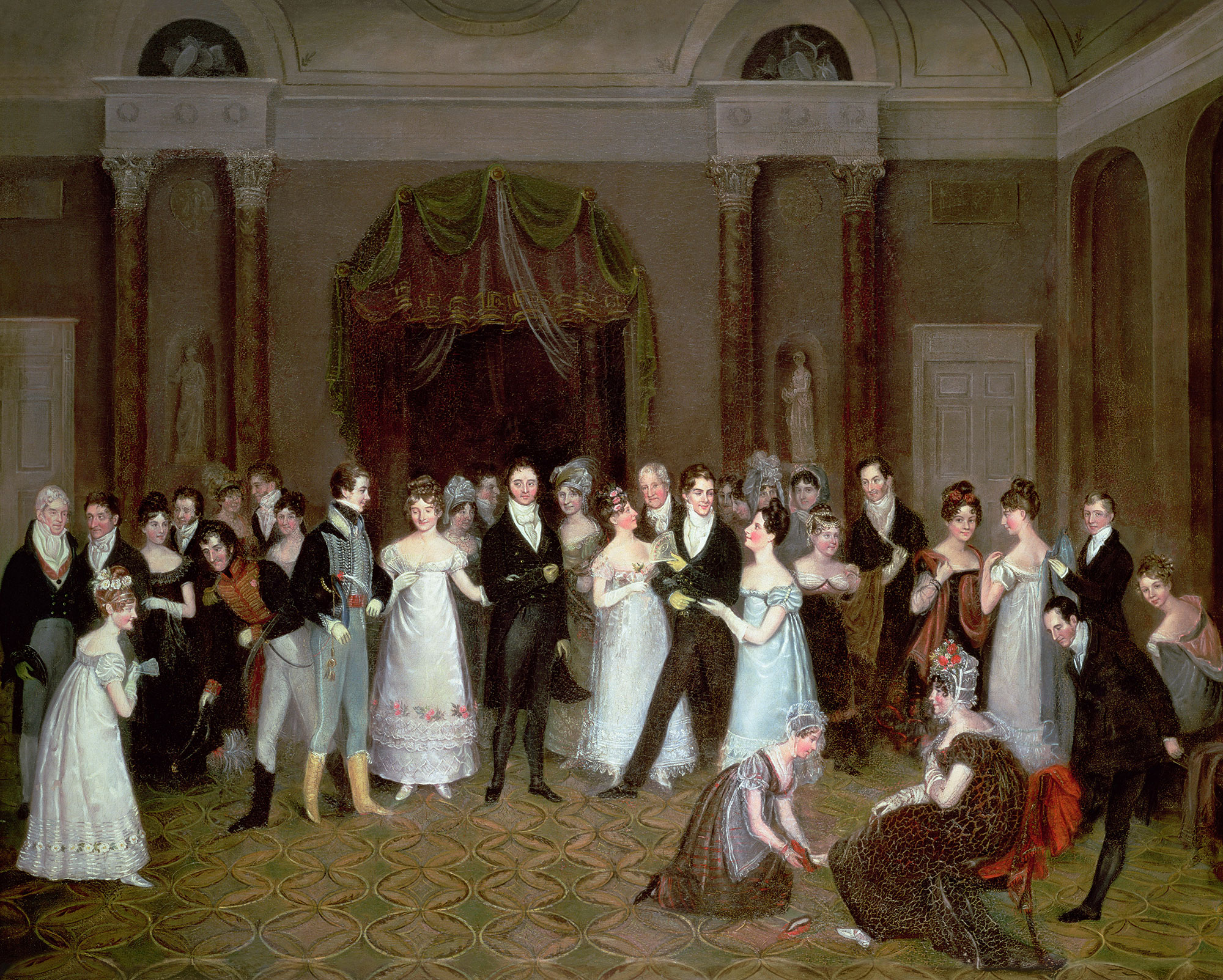
If you look closely at illustrations, you see a variety of ages and stations represented. One of my favorites is Rolanda Sharples’ Assembly Cloakroom. This is much like the mental picture we get from the Ball at the Crown in Emma. Our eye is drawn to the demure lass in the center with a soldier and a civilian vying for her attention. But there is so much more! You see a variety of ages and dress styles on men and women. Hair ornaments, turbans, and even a sheer evening cap for the older woman at lower right, whose poor relation is assisting with her shoes.
Age-Appropriate Attire, Regency Style
Regency notions of age appropriateness were not the same as ours today, especially in a costume community where you are as young as you feel. They thought in terms of stages of life. “From this, my fair friends will easily apprehend that the most beautiful woman is not at forty what she was at twenty, not at sixty what she was at forty. Each age has an appropriate style of figure and of pleasing; and it is the business of discernment and taste to discover and to maintain those advantage in their due season.” (Mirror of the Graces, p. 30).
Adolescents who were “not out” did go out in society, but were kept in close observation and dressed quite simply. English country dance, by the way, is an excellent way for young persons to learn social skills as well as spatial ones.
Ball gowns were made for dancing, for the younger set. Dancing was the place to meet and interact with potential mates, and converse away from the watchful chaperones. Ball gowns were short, above the ankle, made of diaphanous material, with short sleeves and low necklines. They would have moved beautifully, showing off the graceful footwork learned from months with dance masters, and displaying the beautiful arms and “corsage,” as the French say, to advantage. Youthful loveliness needs no adornment; a simple necklace, a light headdress of flowers, with your Regency up-do, is quite sufficient.
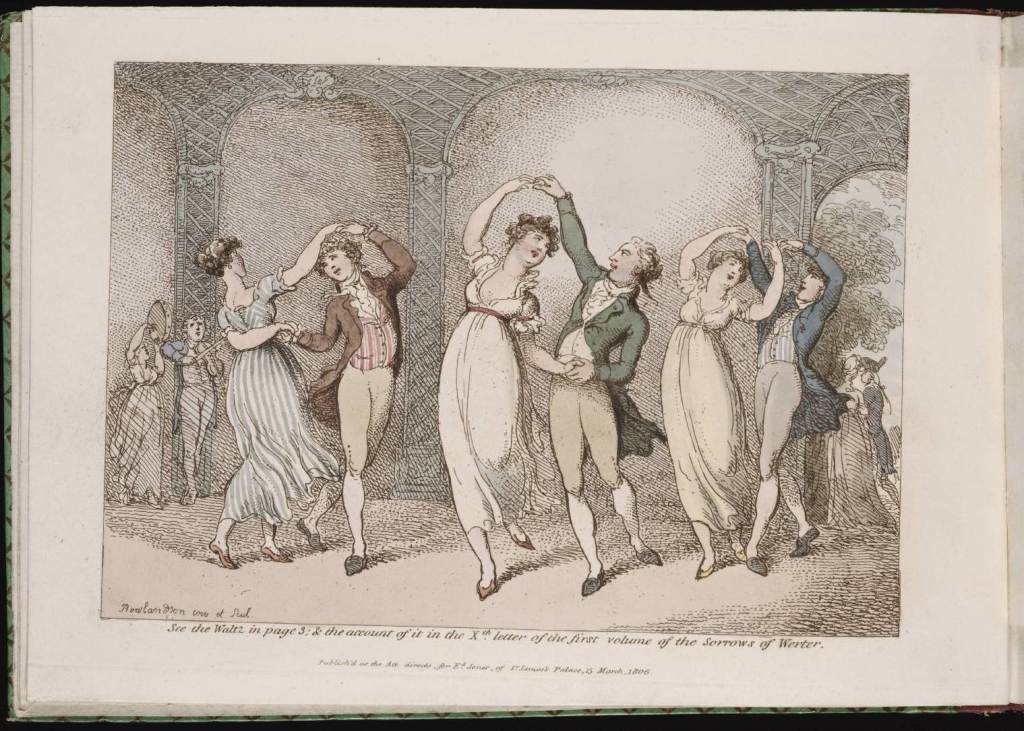
Full evening attire pulled out all the stops for the matron (as late as the 1950s, this used to be a good word!). A married lady could flaunt her jewels and jewel tones as would a single woman of wealth and status. Elaborate evening hats and turbans attracted the eye even when you were seated at dinner or the opera. Fortunately we have many examples preserved in museum collections. Full evening attire reaches the instep, and may have a train, depending on the fashion. One can dance gracefully but not athletically in this gown, with the train pinned up, as in Northanger Abbey.
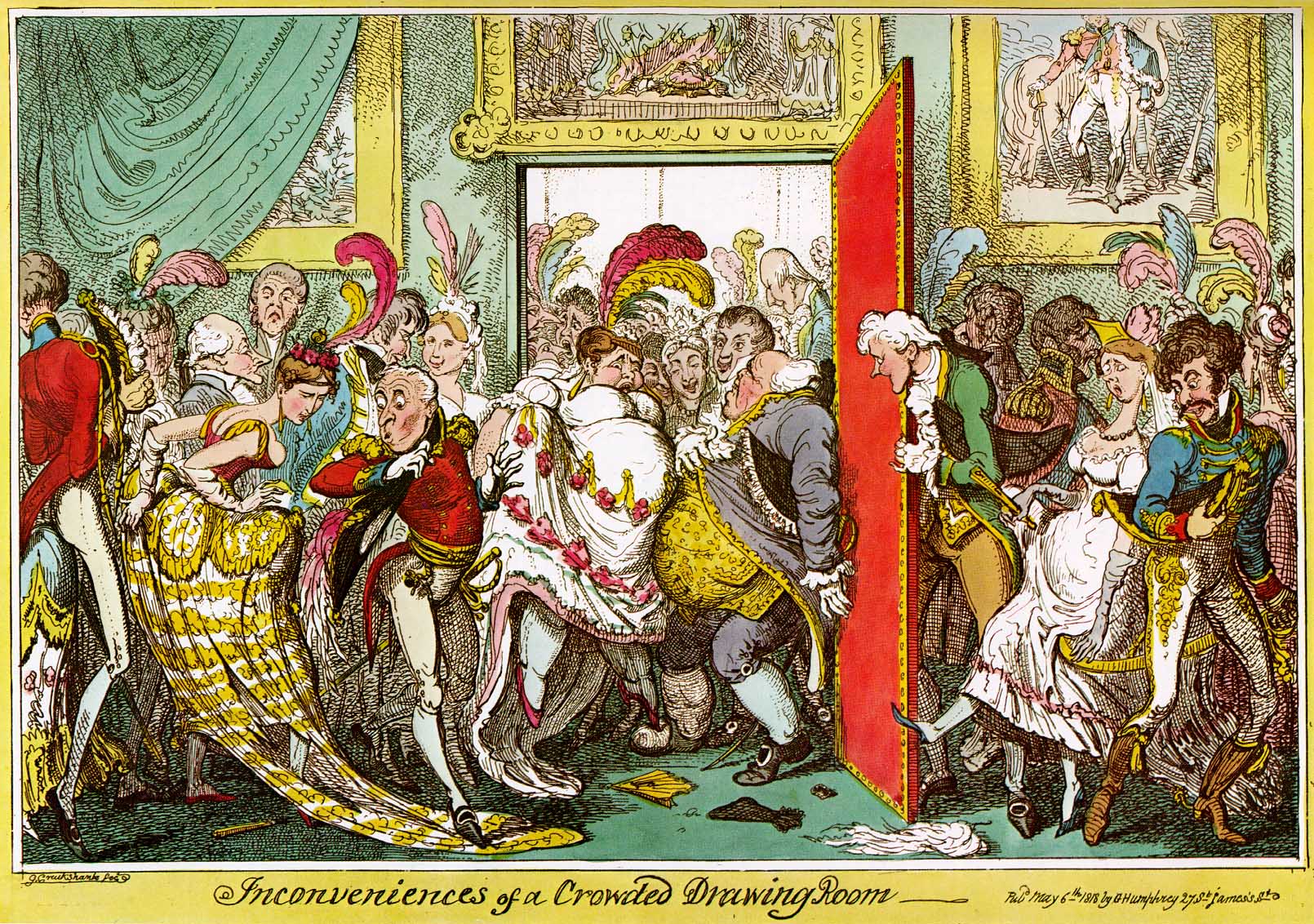
Single ladies, as we see in Jane Austen’s life and novels, had a rough time, especially if they were not wealthy. But they still went to parties and balls, as we know from her letters. Single women would be properly attired, but not vying to be the center of attention. Like Anne Elliott in Persuasion, they might be playing piano for dancing or paying attention to the children. “I have made myself some caps to wear of an evening, and they save me a world of torment as to head-dressing,” Jane wrote to her sister. Were they lace caps, or simple berets — if only we knew!
Jane found her niche. “And now, as I am of an age to be a chaperone, I may sit by the fire and drink as much wine as I like,” she wrote in a letter. Chaperones could be any married woman, no matter how young, or an older woman of respectable status. Chaperones lent respectability to the event. Any out-of-the-ordinary behavior would be noted, and commented upon. They were a stabilizing influence.
As an older woman myself, I’ve been on a quest for period examples of women over the age of 29. (See my NoSpringChicken board on Pinterest.) And surprise! There are no hard and fast rules. Most women are not in evening dress, but neither are they all in lavender or black. They heed the advice of Mirror of the Graces, which is, basically, to tone it down as you grow older. I found women with white hair and wrinkles wearing white gowns and stylish bonnets. (Advanced style circa 1815.) Net takeaway: go with your own sense of what becomes you, as women have done for centuries.
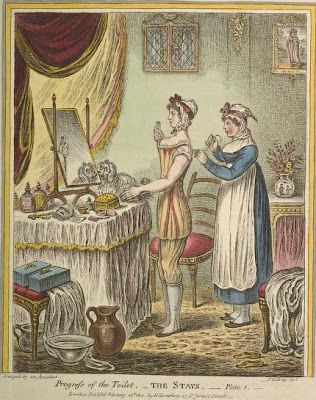
Hair styles: If you are wearing a tiara, or if you have been blessed with a parure (matching set of necklace, earrings, two bracelets, and tiara or combs), you want your hair dressed properly. In the classical style, hair is piled at the back or top of the head, with ringlets surrounding the face. Earlier in the period, wigs in a variety of colors were quite the thing in Paris, as was the Titus cut for very short hair. If your character is from an out of the way location, or simply prefers the styles of her youth, go with the hair style and headgear you find in portraits that can be dated from that year. Resorting to artificial hair is period accurate.
For those with waist-length hair, here are some great recreations of Regency hairstyles from a professional hair braider.
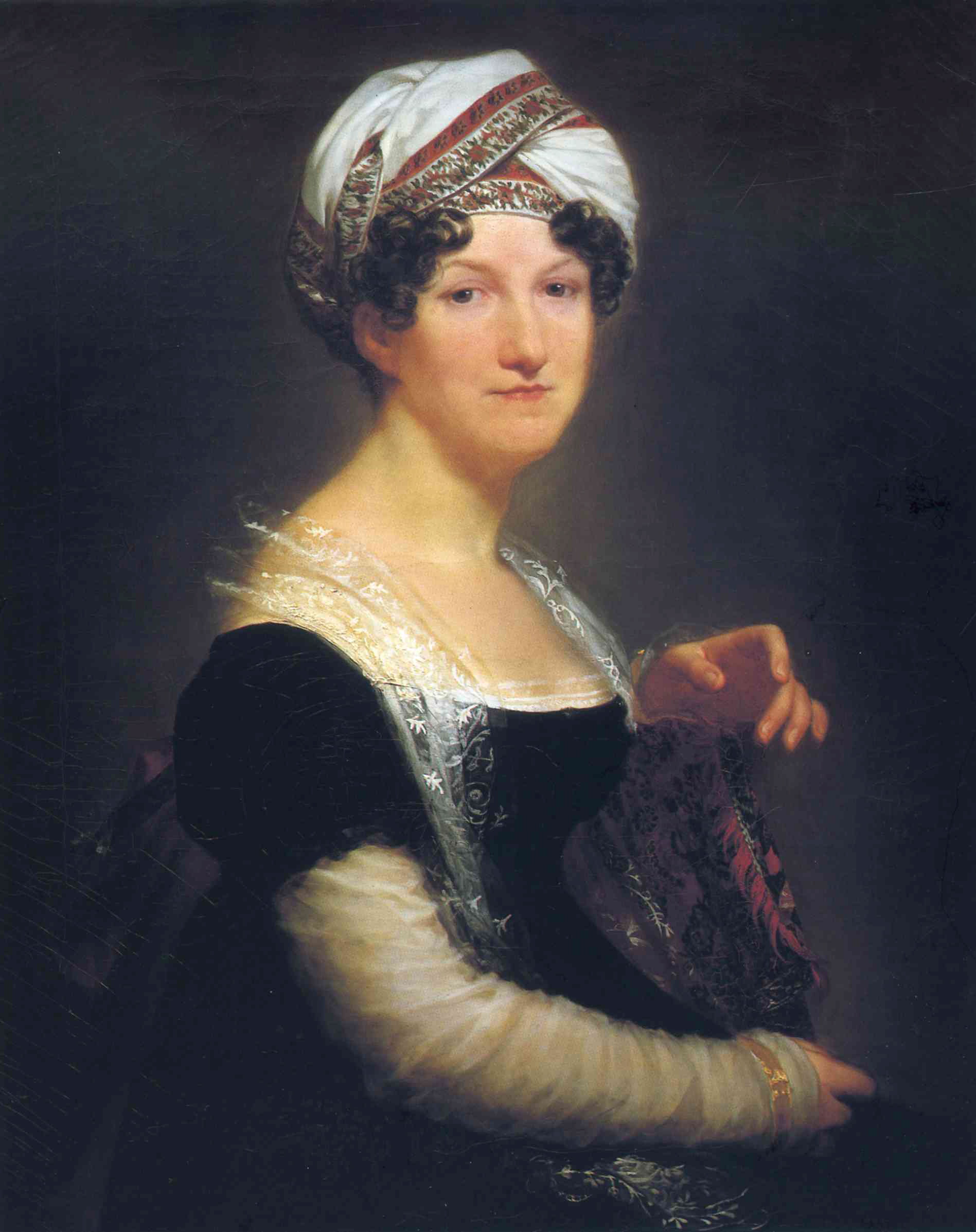
Turbans: Our very own Lynn McMasters has not only the patterns she creates but many helpful articles on her website. This series of articles, originally done for Your Wardrobe Unlock’d, describes the history of this flattering style and ways to create them. http://lynnmcmasters.com/ articles.html
Berets: The other classic Regency evening hat is the beret, a simple circle of fabric that can be gathered, tucked, and pleated in various ways into a simple headband. In evening fabrics, with beading or ornamentation, a simple beret can be an elegant finish to your ensemble.
Caps: These are the last frontier in evening wear, because even in the most refined fabrics, they are not youthful. There are a few commercial patterns for day caps that could be made up in sheer fabrics for evening.
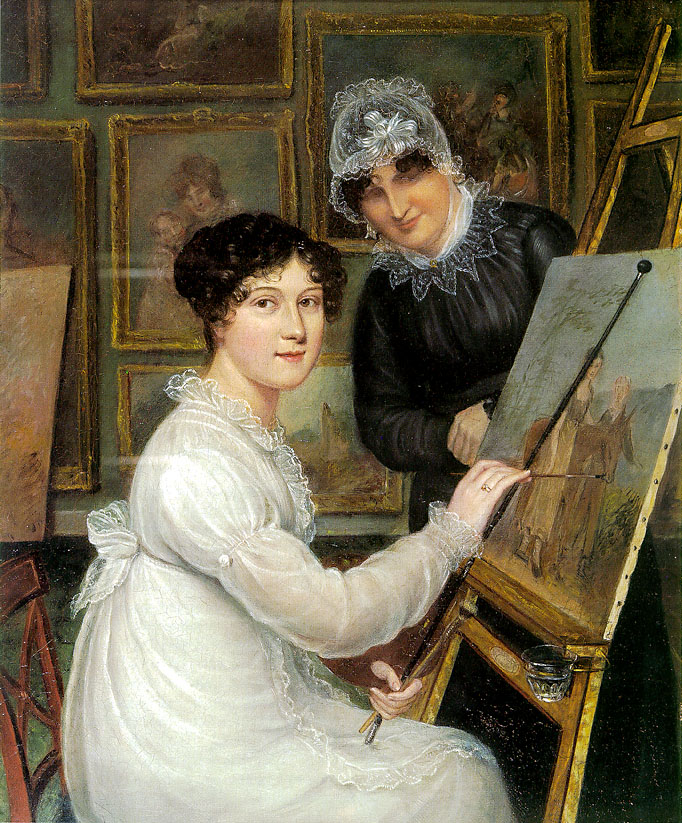
Bookshelf Favorites:
English Women’s Clothing in the Nineteenth Century, by C. Willett Cunnington, reprinted by Dover in 1990. Dr. and Mrs. Cunnington were among the first collectors of historic clothing. This wonderful tome lists examples of styles from decade to decade and year to year, with hairstyles, underwear and fashion notes included.
A Dance With Jane Austen: How a Novelist and her Characters went to the Ball, by Susannah Fullerton. (2012, Frances Lincoln Limited) Historical research transmuted into easy reading with apt period illustrations.
The Mirror of the Graces, by a Lady of Distinction (1811), reprinted as Regency Etiquette by R. L. Shep Publications in 1997. Advice from the wife of a diplomat who’s seen the fashionable world. You will never appear a mushroom or make a cake of yourself if you heed her wise but conservative counsel.
Kyoto Museum catalog: before there was Pinterest, this museum catalog was the pinnacle of perfection for Regency attire, beautifully displayed.
Humorous etchings: The comic books of their day, complete with word balloons and snark. Rowlandson, Gilray, Cruickshank were very popular, sometimes rude, and occasionally NSFW.
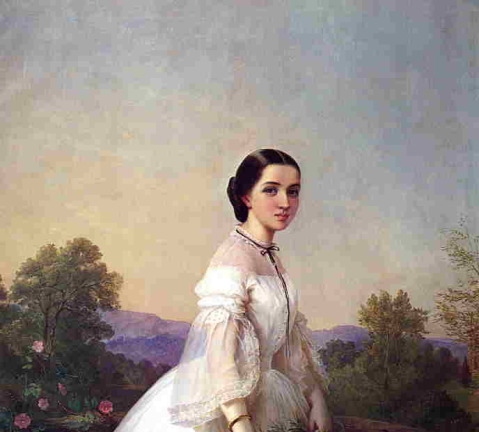
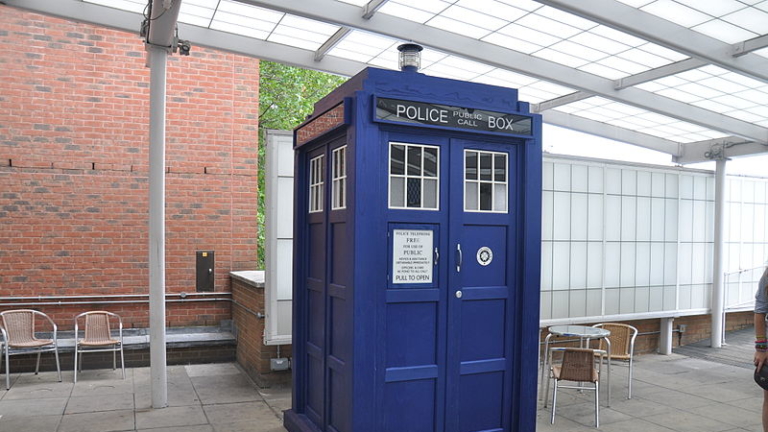
Leave a comment